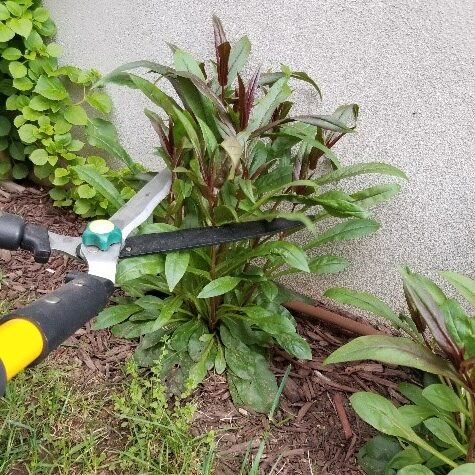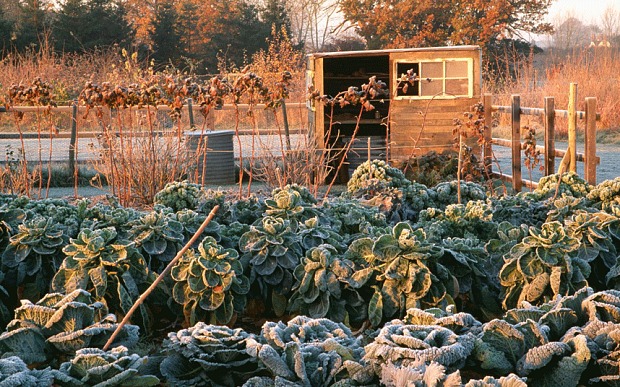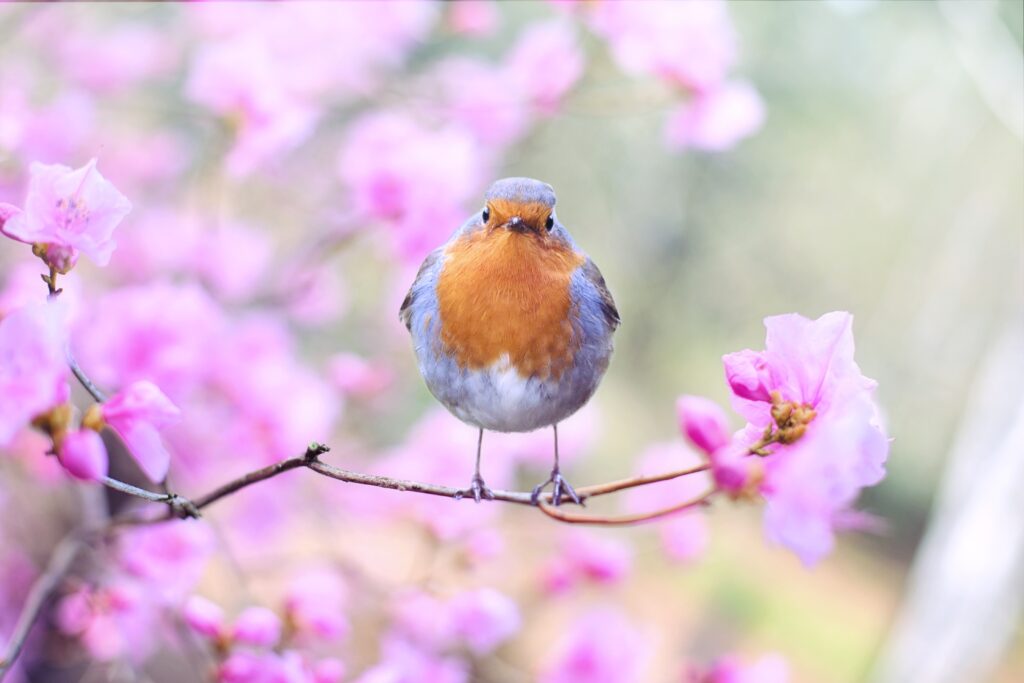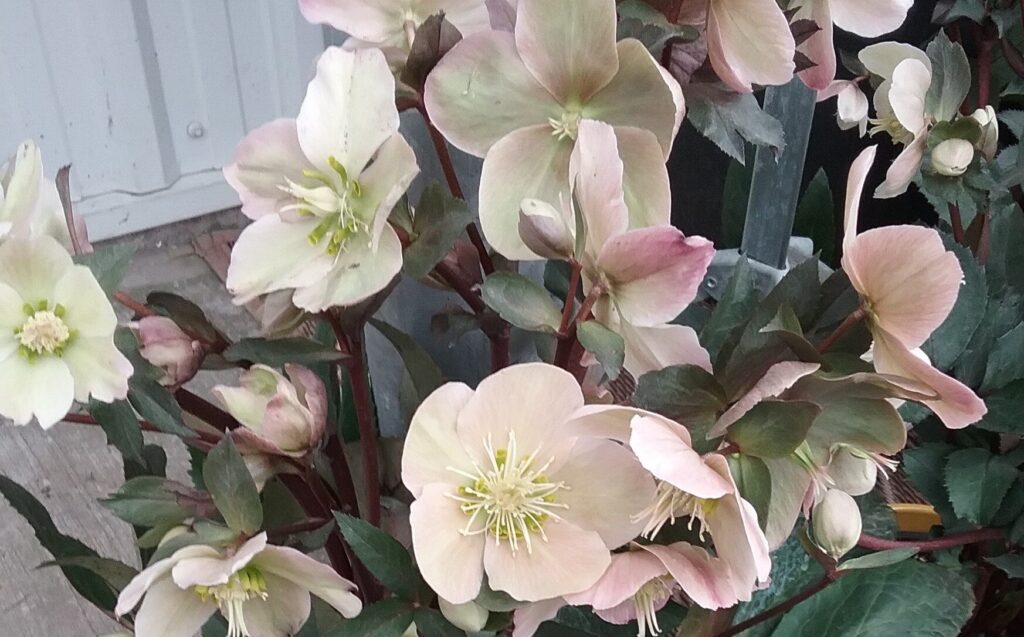
There’s good reason to grow native plants, but, how do you tame your native plants?
Many of us are purposefully increasing the number of native plants we have in our gardens. Native plants are those that have not been introduced by humans, either geographically or genetically (cultivars), and are endemic to a particular area. There are many advantages to gardening with natives:
1.Native plants support native pollinators, many of whom feed on specific plants (think monarchs and milkweed).
2.Native gardens help restore our natural biodiversity which is rapidly dwindling due to urbanization.
3.Native plants are often easier to grow because they are adapted to local growing conditions. They often require less fertilization, less water, and fewer (if any!) pesticides.
Ecologist and author Doug Tallamy recommends that 70% of garden plantings should be native, and there is an ever-increasing variety of native plants available to home gardeners.
But They Grow So Big and They Look Messy!
Planting native plants makes sense, but, repeatedly, we hear people resisting because they look “weedy” or “messy.” Technically, a weed is simply a plant out of place, but our natives are often exuberant growers, which people may associate with the “weeds” they see along roadsides and in fields.
There is, however, an easy way to keep many of the large, later blooming natives tamed: the Chelsea Chop! The Chelsea Chop, named after the garden show in England, is a pruning method that limits the size and extends the blooming time of many herbaceous perennials and is especially useful for controlling many of our larger native plants (e.g. asters, milkweeds, goldenrods, penstemons, rudbeckias, echinaceas).
How Do You Do the “Chelsea Chop”?
Before the end of June, simply chop the plant back by ⅓ to ½ using shears or pruners. This will keep the plant shorter and more compact, as well as delay the blooming time. You can also cut back half the stems in a clump. This will give you a longer blooming period and the longer, non-chopped, stems will be supported by the shorter stems, lessening the need for staking.
The Chelsea Chop may seem draconian, but it works well, with two caveats: 1) it will not work on woody-stemmed plants (typically shrubs), and 2) if the weather has been hot and dry, limit your “chop” to ¼ of the plant to minimize stressing the plant.
If you have been reluctant to try natives (or any other herbaceous perennial) in your garden because of their size, give the “Chelsea Chop” a try. You will be pleased with the result.
Reference: Tallamy, Doug. Nature’s Best Hope. Portland Oregon Timber Press. 2019
Related Resources





About The Author: Sherree Mahood
Sherree has been an enthusiastic gardener for over 40 years. Her gardens have been in shade, sun, clay, sand, and everything in between. In her current garden, she is focused on creating a small space lifestyle garden that attracts a wide variety of birds, butterflies, and moths.
More posts by Sherree Mahood